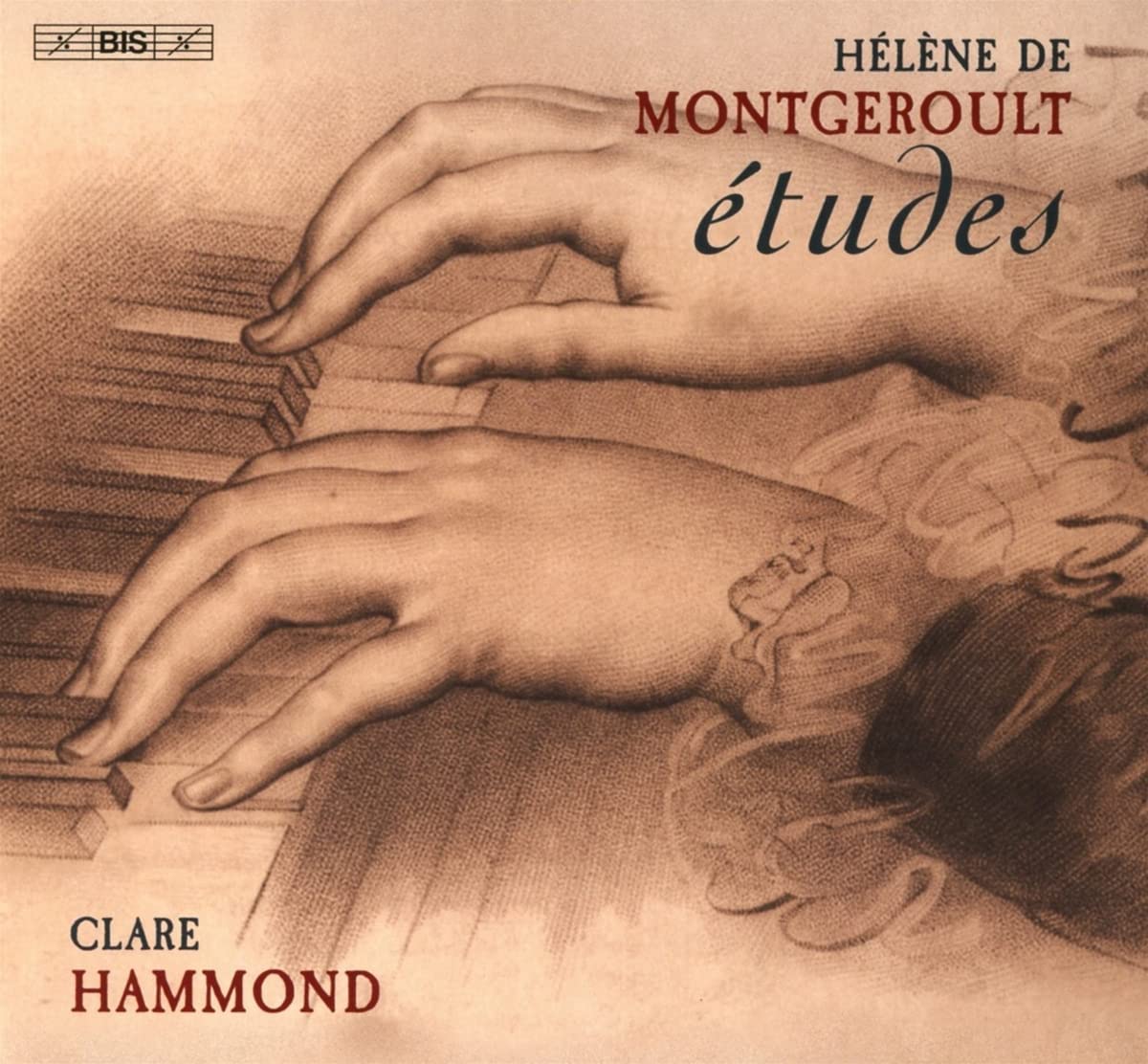 Hélène de Montgeroult: Études Clare Hammond (piano) (BIS)
Hélène de Montgeroult: Études Clare Hammond (piano) (BIS)
“How can music of this quality and vision be forgotten so comprehensively for so long?”, asks pianist Clare Hammond. It is the right question. The piano music of Hélène de Montgeroult (née Hélène Antoinette Marie de Nervo, 1764-1836) is becoming better known, not least because of the detective work of musicologist Jérôme Dorival. Belgian-Israeli pianist Edna Stern released a selection on a period Pleyel piano in 2017. Then came the complete Piano Sonatas from Monaco's Nicolas Horvath. And now come 29 of the 114 Études of de Montgeroult’s “Cours Complet pour l’Enseignement du Forte-Piano”. Whereas the sonatas (at least from Horvath’s album) can seem Biedermeier-ishly slight and occasionally plodding, these Études, and particularly in Hammond’s readings, make the case well that de Montgeroult really is an important missing link between the classical period and Chopin and Schumann.
De Montgeroult's life-story is fascinating. What is certain is that she was a pianist of real distinction and renown. On the first day of Frimaire in Year IV of the republican calendar (aka 22 November 1795) she was named one of the very first cohort of piano professors (only three emerged from the concours as “professeurs de première classe” – she was one of them, and the only woman) in the newly inaugurated Paris Conservatoire. Another, much-recounted story emerged some decades later that, as an imprisoned aristocrat, she was hauled from her cell in the Conciergerie, and managed to escape the guillotine by extemporising variations on “La Marseillaise” in front of the Tribunal Révolutionnaire… It's a good story, possibly too good to be true (?).
There is an astonishing variety of texture here: No. 34 (to give suppleness to the fingers) immediately followed by No. 28 (to play a melody with its accompaniment in the same hand) are both gloriously melodic, and really do sound like lyrical Schumann. No. 55 clearly pre-figures Chopin, and No. 65 is a fast-fingered firework display. I was completely taken by the case Hammond makes for No. 62 (Study for the left hand. Pour apprendre à chanter en se croisant sur la droite / "to learn to play melodically crossing to the right" which has some superbly executed hand-crossing and a lovely dialogue between the low voice and the higher voice. A wonderful collection of unfamiliar music, full of agreeable surprises, and with some true gems to uncover. – Sebastian Scotney
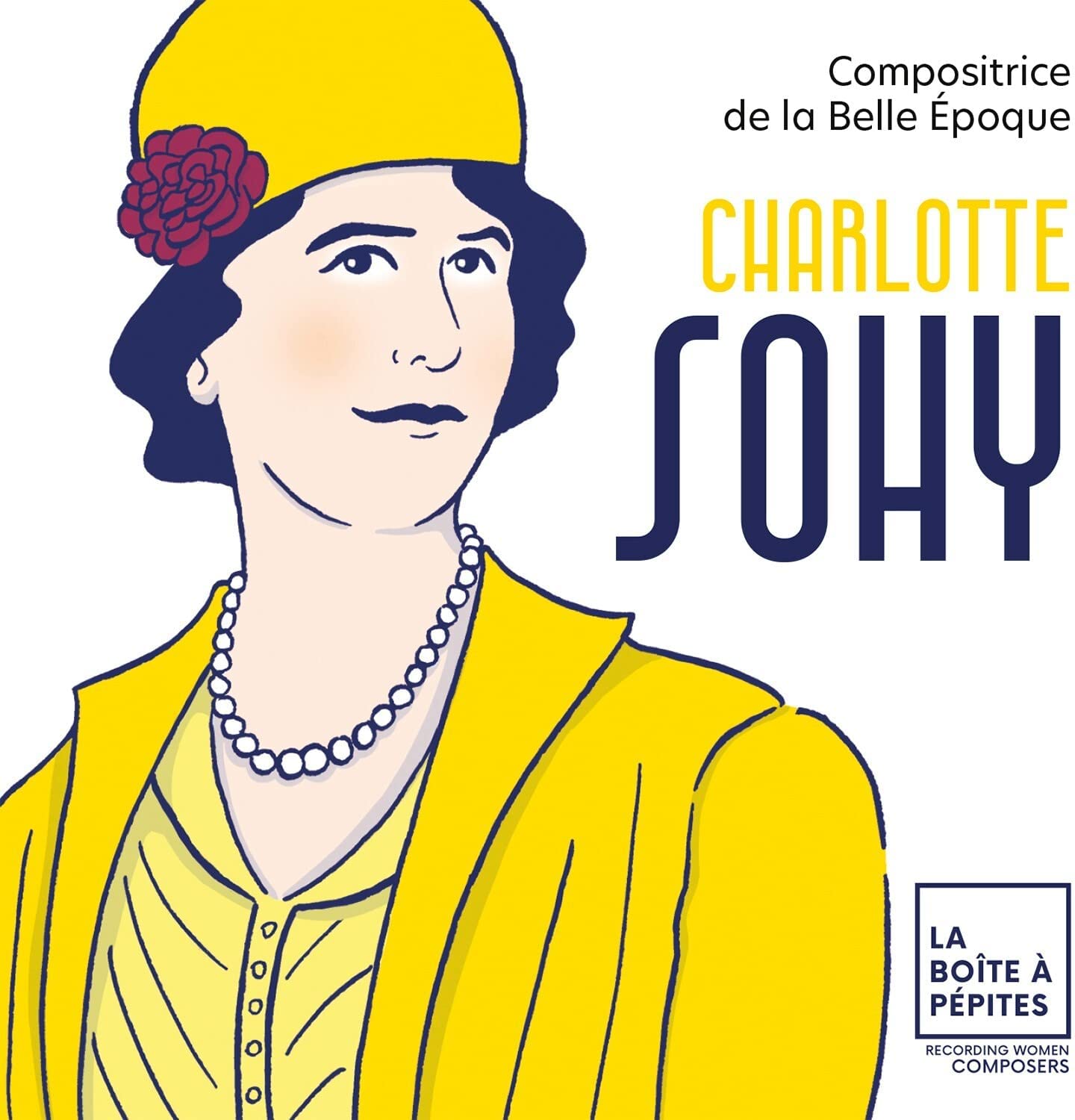 Charlotte Sohy: Compositrice de la Belle Époque (La Boîte à Pépites)
Charlotte Sohy: Compositrice de la Belle Époque (La Boîte à Pépites)
This fascinating three-disc set is the first release on French cellist Héloïse Luzzati’s La Boîte à Pépites label, established to promote neglected female composers. Charlotte Sohy’s music definitely deserves attention; in Luzzati’s words, “If she had been a man, her music would have been known.” Born Charlotte Louise Durey in Paris in 1887, Sohy attended music theory classes with Nadia Boulanger and enrolled at the Schola Cantorum in 1894. Her teachers included Roussel and Vierne. In 1909 she married composer and conductor Marcel Labey, signing her first compositions with the surname of her maternal grandfather Sohy; prefacing Sohy with the initials ‘CH’ helped sidestep antediluvian attitudes to female composers. Labey was seriously wounded during World War 1 but survived, the couple later moving to a Normandy chateau. Looking after seven children took up much of Sohy’s time, though she continued to be musically active until her death in 1955.
There’s an embarrassment of riches in this box, the CDs devoted to piano, chamber and orchestral music. Where to start? Try Sohy’s two string quartets, composed in 1933 and 1947. The earlier work’s rapturous opening movement is a stunner, the subsequent movements including a 5/8 scherzo subtitled “Badinage” and a taut fugal finale. The mercurial post-war successor is equally impressive, the disc concluding with the Triptyque champêtre for flute, violin, viola, cello and harp, a lovely work that couldn’t sound more echt-French if it tried.
Sohy’s youthful Piano Sonata has an appealingly passionate first movement and concludes with a lively Breton dance. The nostalgic Quatre Pièces romantiques were composed under Nazi occupation. Orchestral songs include the affecting Trois Chants nostalgiques and Deux Poèmes chantés sung by the superbly-named mezzo-soprano Aude Extrémo. Soprano Marie Perbost delicious in the lighter Méditations. The orchestral disc also includes Sohy’s penultimate work, the Histoire Sentimentale. Possibly based on an abandoned film project and beautifully scored for strings and percussion, it’s delicious. Performances across the set are consistently impressive. Extensive notes and full texts are provided, and there’s a generous selection of photographs and excerpts from Sohy’s immaculate manuscripts. Lorène Gaydon’s ligne clair graphics are delightful. Irresistible, in other words, and available at bargain price.
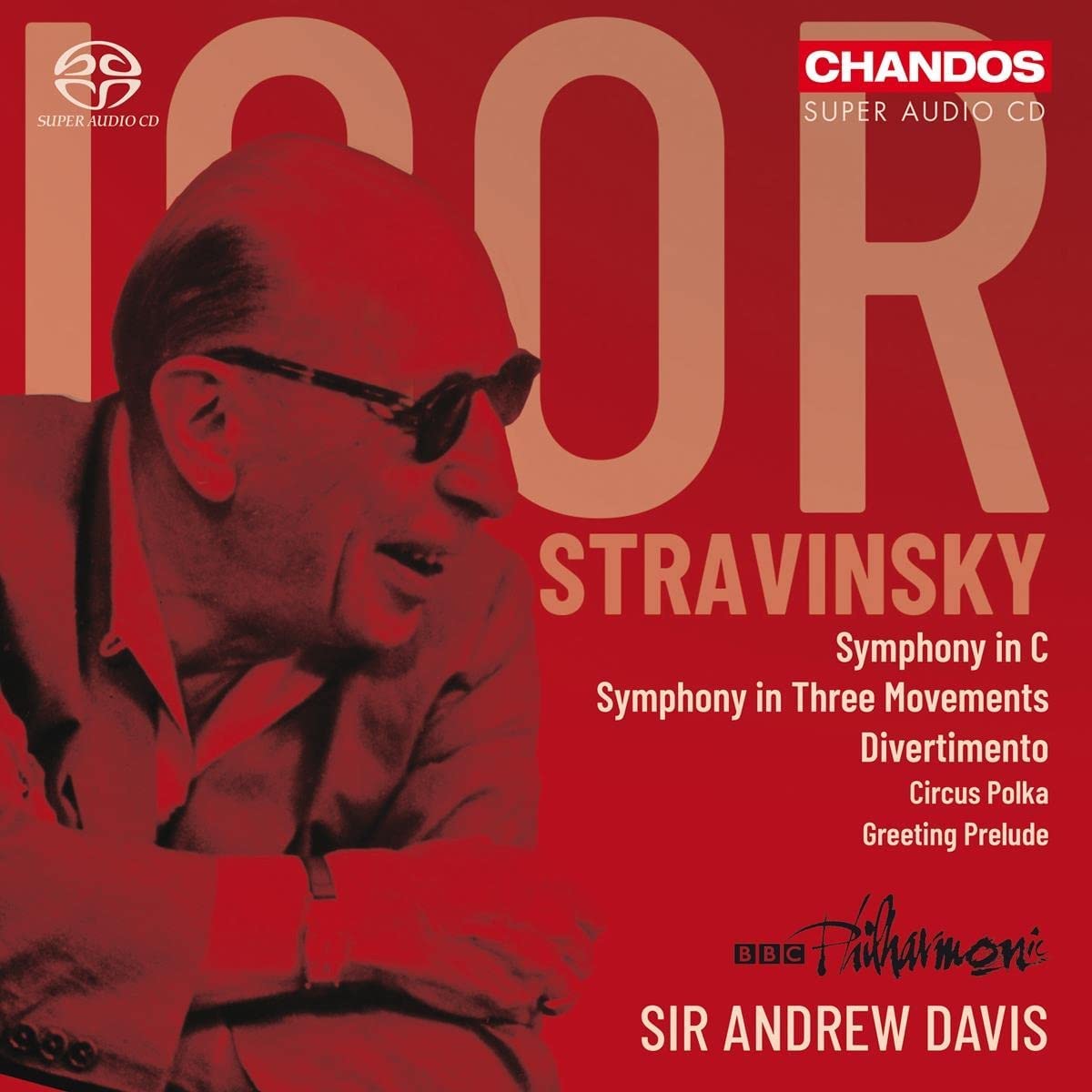 Stravinsky: Symphony in C, Symphony in Three Movements, Divertimento, Circus Polka, Greeting Prelude BBC Philharmonic Orchestra/Sir Andrew Davis (Chandos)
Stravinsky: Symphony in C, Symphony in Three Movements, Divertimento, Circus Polka, Greeting Prelude BBC Philharmonic Orchestra/Sir Andrew Davis (Chandos)
83 minutes of top-drawer Stravinsky on a single disc. What’s not to like? Start with the 55 second Greeting Prelude, a 1955 take on “Happy Birthday” composed for conductor Pierre Monteux’s 80th birthday. Stravinsky’s serial dissection of Mildred Hill’s tune glitters, and Andrew Davis’s reading with an alert BBC Philharmonic is superb, especially in the busy string writing. More fun comes in the shape of the Circus Polka, delivered with punch and swagger. Davis’s Symphony in C is exceptionally good, with pin sharp orchestral playing and a delicious lightness of touch in the more balletic moments. Has the subdued close ever sounded so poignant, so lonely? It’s followed by the Divertimento which Stravinsky extracted from his 1928 ballet The Fairy’s Kiss, a homage to Tchaikovsky, loosely based on little-known vocal and piano pieces. As with the Symphony in C, the orchestra’s lean, clear sonority is a real plus, the writing for winds and horns emerging with dazzling clarity. Search online and you’ll be able to find the Tchaikovsky originals; hearing what Stravinsky does with them is fascinating.
Completing the programme is a rhythmically taut account of the Symphony in Three Movements. This isn’t the most dramatic performance on disc; Bernstein’s Israel account on DG is my favourite. But Davis secures, sharp, colourful orchestral playing, pianist Ian Buckle and harpist Clifford Lantaff excellent in their concertante roles. The resplendent closing chord glows. Chandos’s sound has plenty of punch and depth. Paul Griffiths’ notes are a decent read, and the cover art is appealing. A winner, in other words.
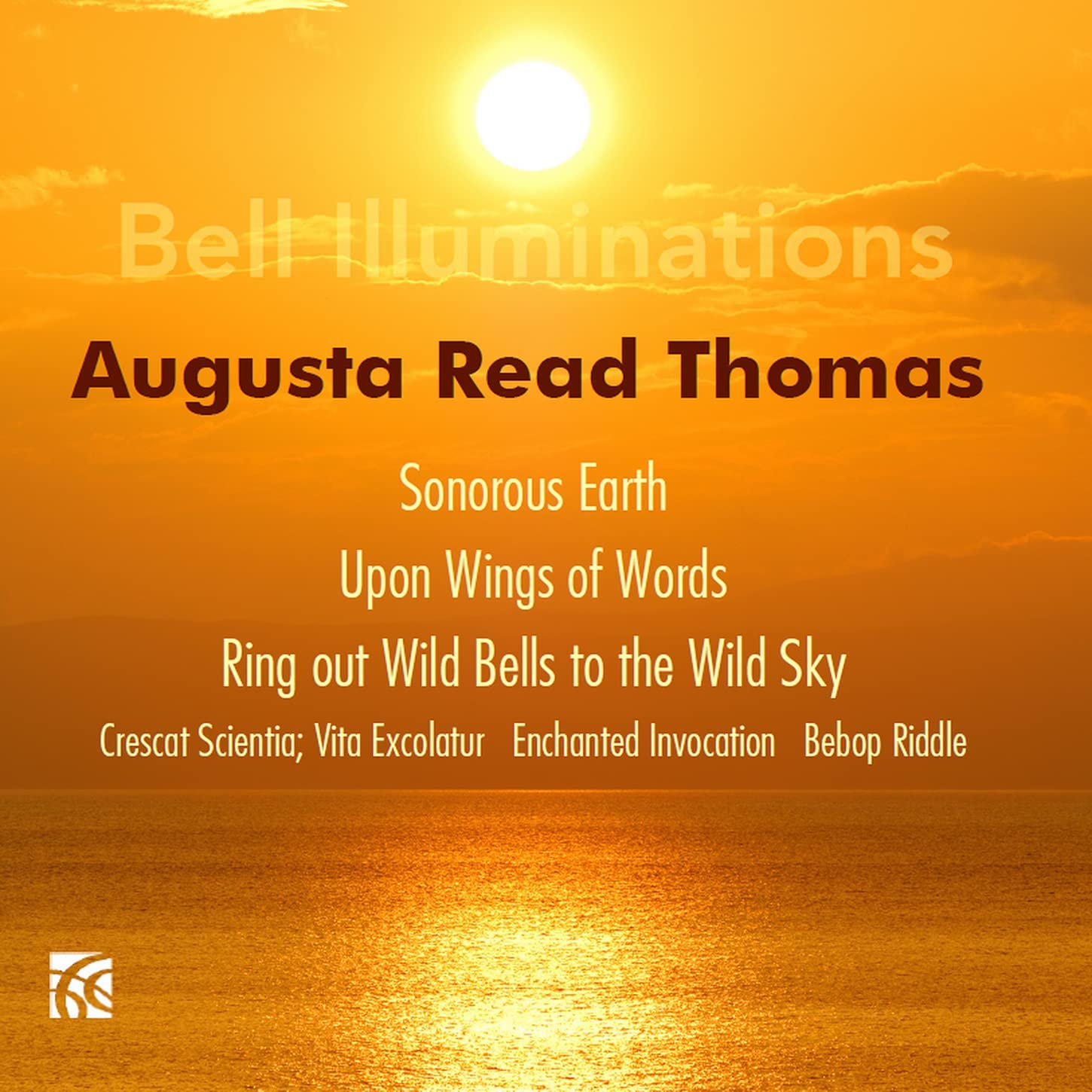 Bell Illuminations: Music by Augusta Read Thomas NEXUS Chamber Music, John Corkhill, Choral Arts Society of Washington, Third Coast Percussion (Nimbus Alliance)
Bell Illuminations: Music by Augusta Read Thomas NEXUS Chamber Music, John Corkhill, Choral Arts Society of Washington, Third Coast Percussion (Nimbus Alliance)
I met Augusta Read Thomas once. It was outside the Royal Albert Hall in the interval of a Prom where her Dance Foldings was being premiered, when she asked me to take a photo of her in front of the hall. I didn’t tell her I was reviewing the concert – positively, as it happened. This disc explores Read Thomas’s long-time obsession with bells, being bookended by bell-inspired pieces that give some coherence to the programming of what is otherwise a miscellany. The first piece, Crescat Scientia: Vita Excolatur, put me in mind of Jonathan Harvey – the title is surely a nod to his Mortuos Plango, Vivos Voco – but where he explores bells through electronic manipulation, Read Thomas uses only live sounds, a carillon of 72 bells building, through gradual accumulation, to a 72-note chord. It’s a striking opening to the album – but hearing bells on record can never quite match having the vibrations go right through you in the flesh.
There are three bigger works here: Upon Wings of Words is a setting of Emily Dickinson for soprano and string quartet. Dickinson continues to inspire composers over 130 years since her death, and here it is the tense, springy rhythms of her poems that Read Thomas responds to. Soprano Kristina Bachrach negotiates the gymnastic lines of the outer movements with technical assurance, and blends effacingly into the ensemble in the slow central panel. Ring Out, Wild Bells, a choral setting of Tennyson, is the earliest piece on the album and lacks the rhythmic propulsion heard elsewhere. The opening words, “Ring out, wild bells, to the wild sky” seems to demand something more urgent and, well, wild, than the broad, leisurely treatment they are given. The choir is quite distant – always the risk when taping a live performance, and makes for a slightly uneven disc sound-wise, when combined with studio-recorded items. More enjoyable is the finale, “Sonorous Earth”, for bells and orchestra. Here the orchestral writing is colourful and subtle, the bells like a glittering decoration on top of the musical cake, and although lots of the music is slow there is a bite missing from Ring Out, Wild Bells, and the four players of Third Coast Percussion make a persuasive case for this unlikely kind-of-concerto. – Bernard Hughes
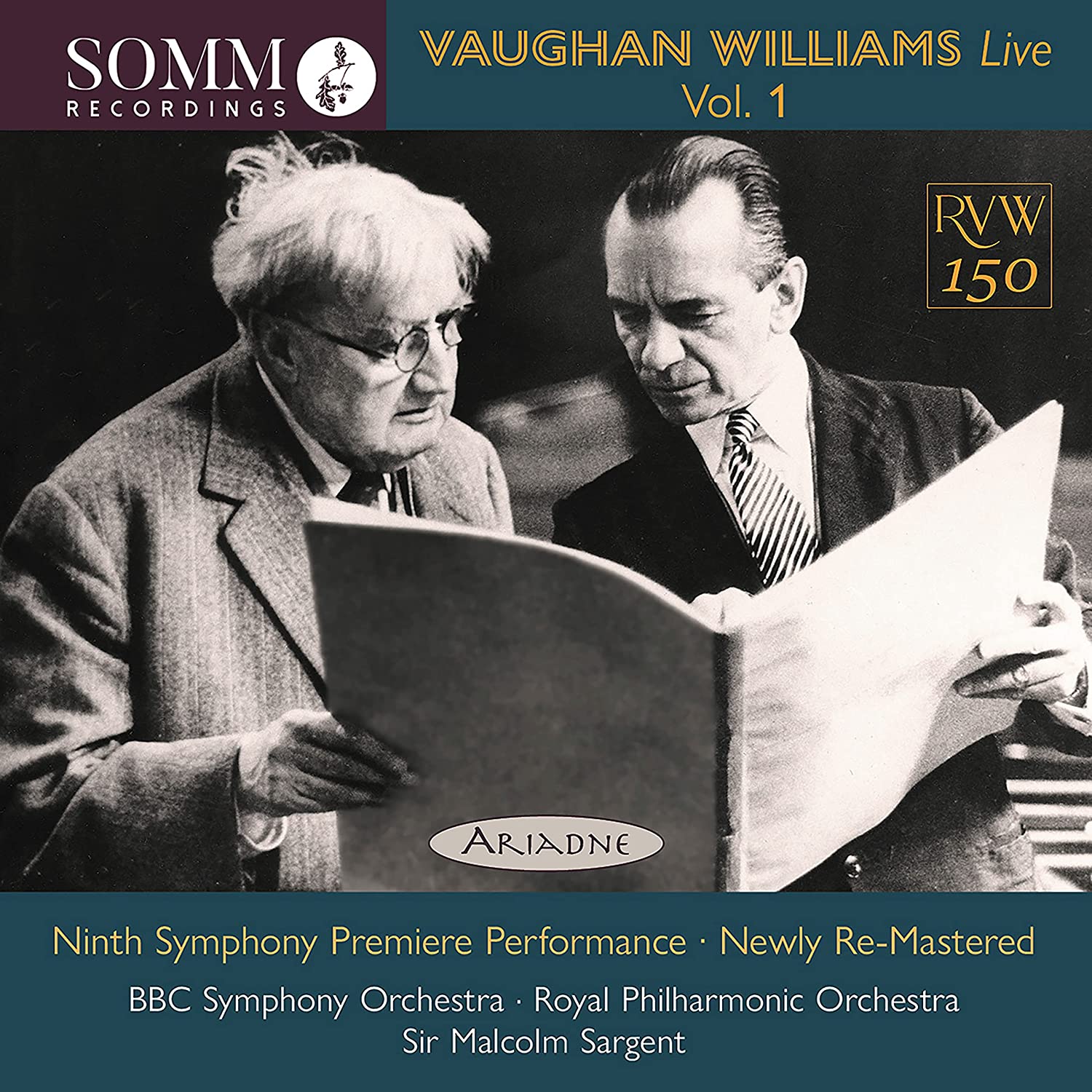 Vaughan Williams: Symphonies 6 & 9 BBC Symphony Orchestra, Royal Philharmonic Orchestra/Sir Malcolm Sargent (Somm)
Vaughan Williams: Symphonies 6 & 9 BBC Symphony Orchestra, Royal Philharmonic Orchestra/Sir Malcolm Sargent (Somm)
The timings grab your attention before you’ve pressed play, this recording of Sir Malcolm Sargent’s April 1958 RFH premiere of Vaughan Williams’ 9th Symphony just exceeding 30 minutes. Most modern performances are at least five minutes longer, lending this odd but compelling work more valedictory baggage. Sargent follows Vaughan Williams’ tempo markings literally, possibly unaware that the composer had claimed not to possess a metronome. The opening “Moderato maestoso” moves with steely inevitability, Sargent’s whining trio of saxophones suitably prominent. The slow movement’s flugelhorn solo is full of character, the instrument’s brass band origins relished rather than glossed over. You’ll be gripped. Especially by the symphony’s extraordinary ending, a rich E major chord abruptly vanishing into the distance. The Royal Philharmonic Orchestra’s playing has a few wobbles, but this performance has such conviction. If you’ve dismissed Sargent as a dapper lightweight, start your reassessment here.
The couplings are almost as a good, Sargent and the BBC Symphony heard in Proms readings of Symphony No. 6 and the overture The Wasps, from 1964 and 1958 respectively. Sargent’s No. 6 is again swift and uncompromising, though he does relax into the first movement’s big string tune. The scherzo really snaps, the occasional fluffs and flubs never mattering. Sargent’s desolate finale is powerfully effective, the Proms audience commendably silent. It’s a great performance of a great work, the radio announcer’s words just seconds after the near-silent close a rude awakening. A sparky rendition of The Wasps offers light relief. Where the various tapes came from isn’t specified by Somm, but Lani Spahr’s remasterings are nicely-done, the mono sound full of bloom and detail. Essential listening.
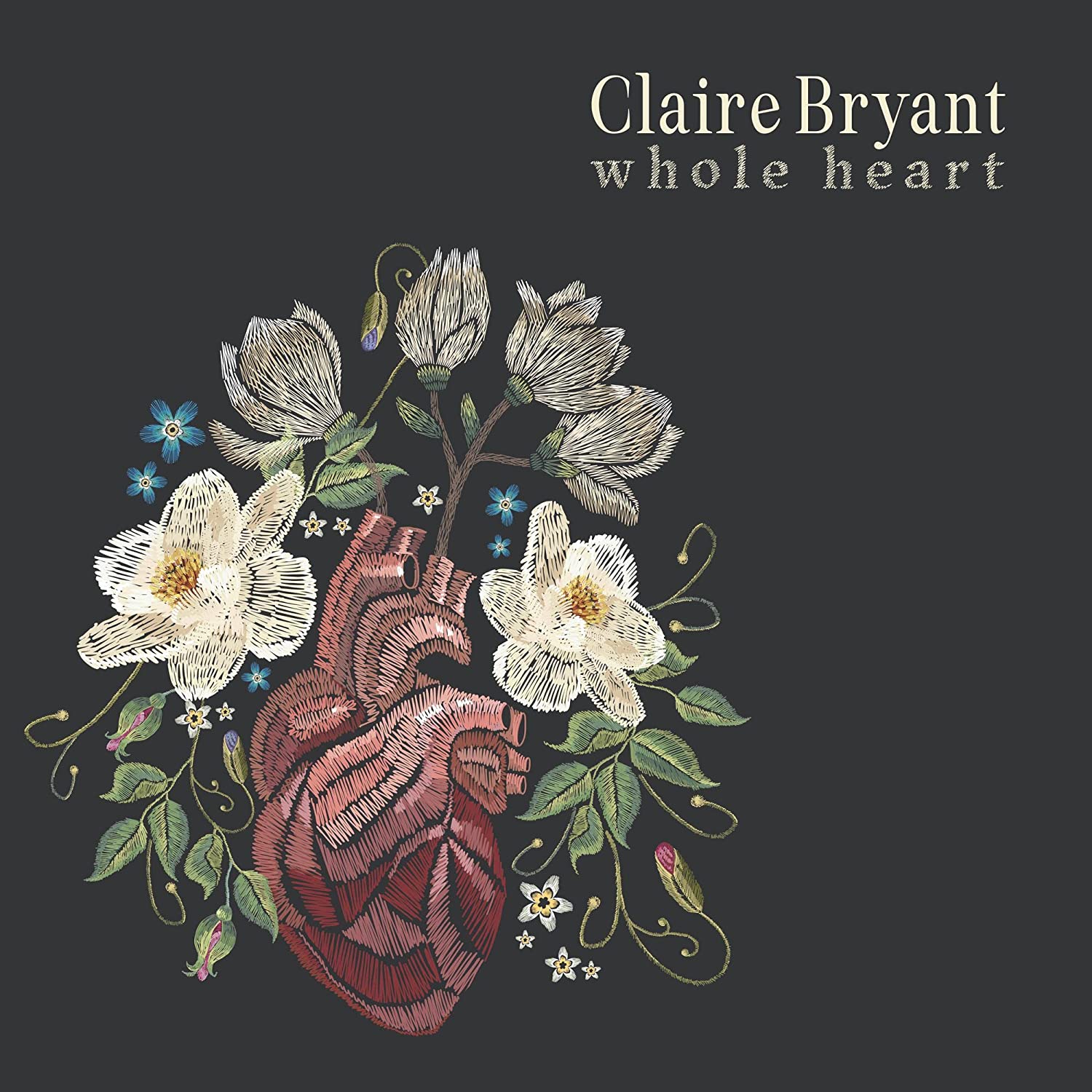 Claire Bryant: Whole Heart (Bright Shiny Things)
Claire Bryant: Whole Heart (Bright Shiny Things)
Cellist Claire Bryant’s Whole Heart is a collection of seven new works for cello and string duo by contemporary American composers. Malcolm Arnold may seem an odd name to bring up when discussing this disc, but his much-quoted comment about music being “the social act of communication among people, a gesture of friendship, the strongest there is” feels apposite, the seven composers featured all close to Bryant. Andrea Casarrubios’ two-part Seven was written during New York’s Covid lockdown, inspired by residents banging pots and pans at 7pm each evening as a tribute to frontline workers. Bryant’s playing suggests a flood of pent-up conversation, the different voices winding down as the work proceeds.
Jessica Meyer’s Delta Sunrise is a brief, rhapsodic portrait of the South Carolina landscape, contrasting with Limestone and Felt by Caroline Shaw, an exuberant duet for cello and viola (Nadia Sirota) exploring different physical and musical textures. Varsha, by Reena Esmail, alludes to Hindustani ragas in a plea for rain, Bryant’s cello disquietingly vocal. Tanner Porter’s And Even These Small Wonders is more extrovert, the disc closing with Duo by Jessie Montgomery. A three-movement “ode to friendship”, the concluding “Presto” sounds at times like a pair of close acquaintances giggling.

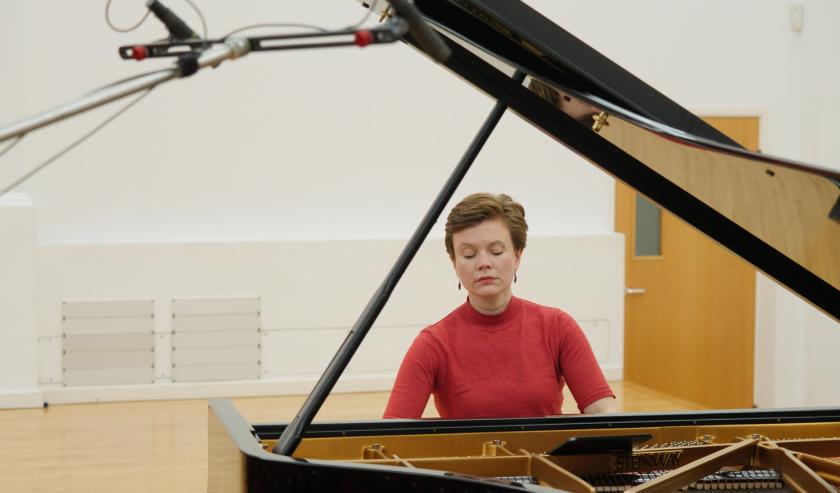













Add comment